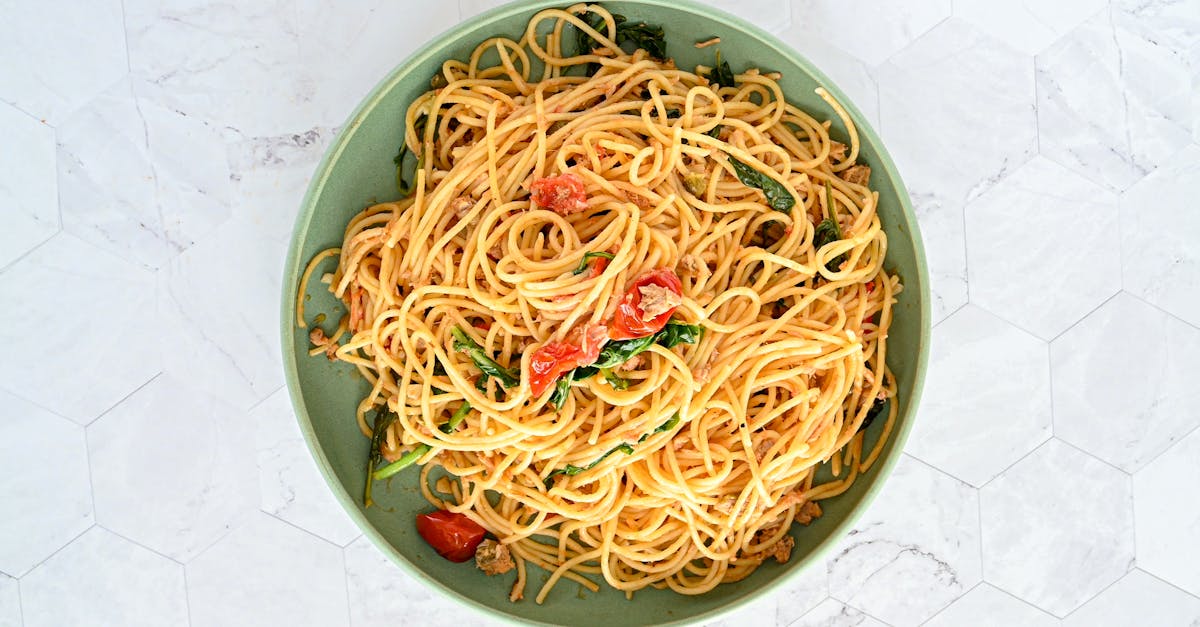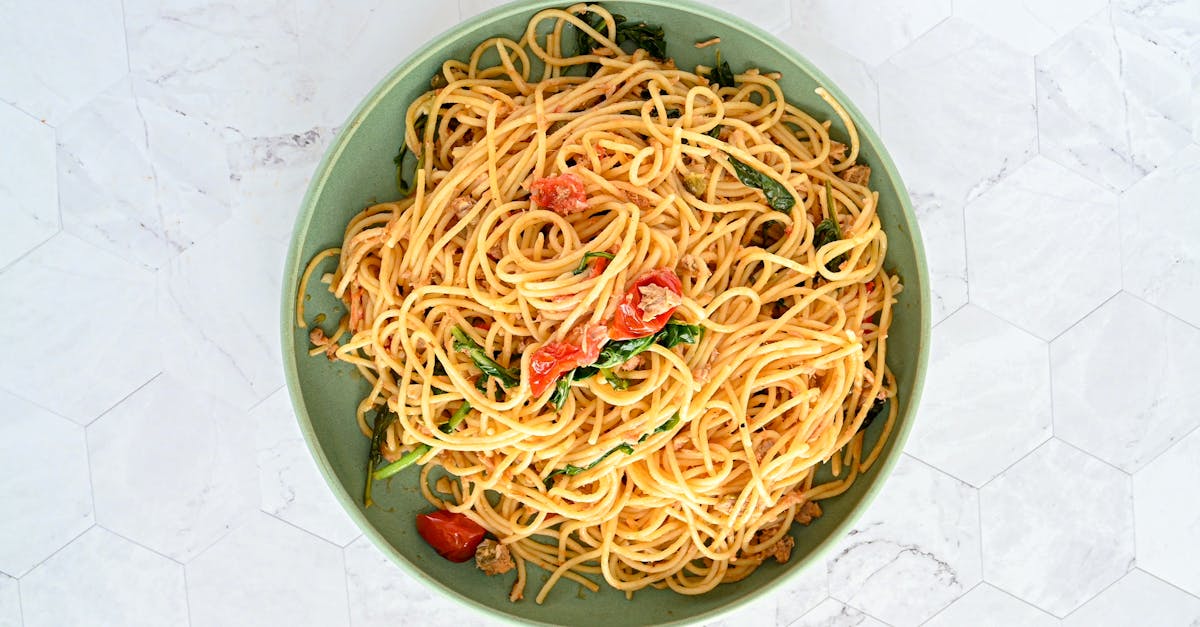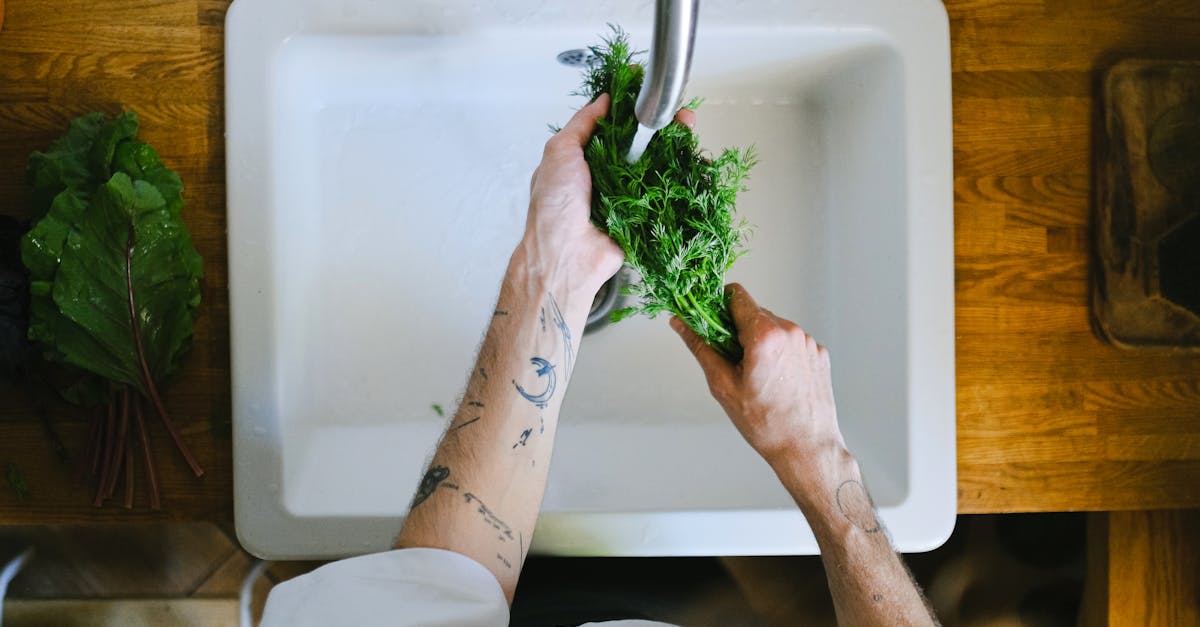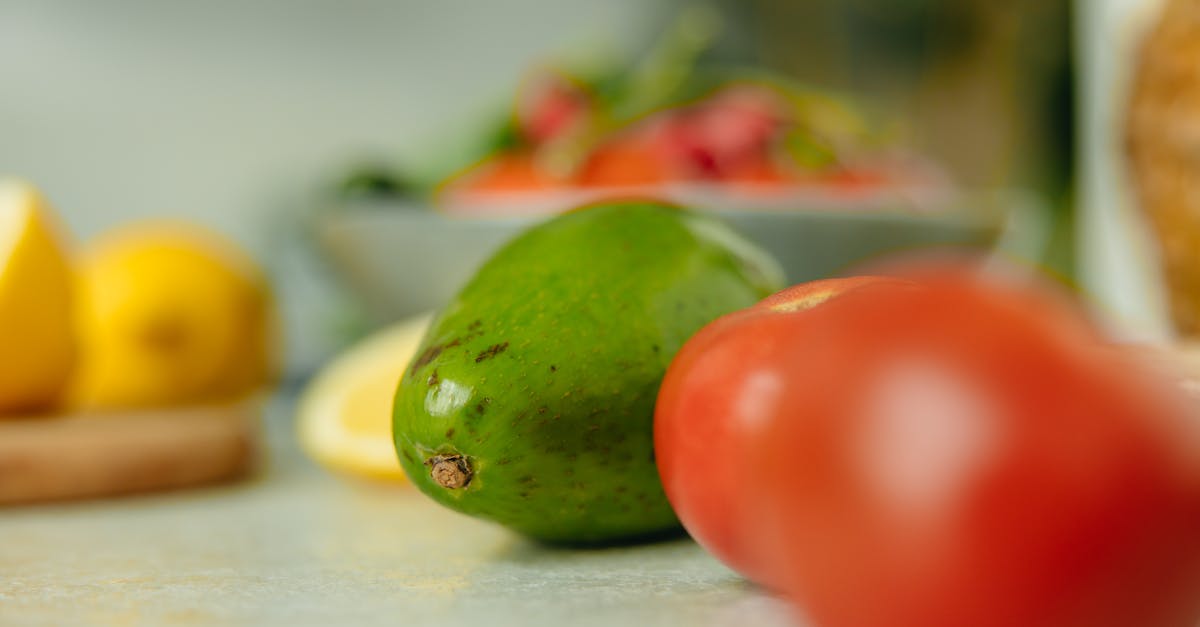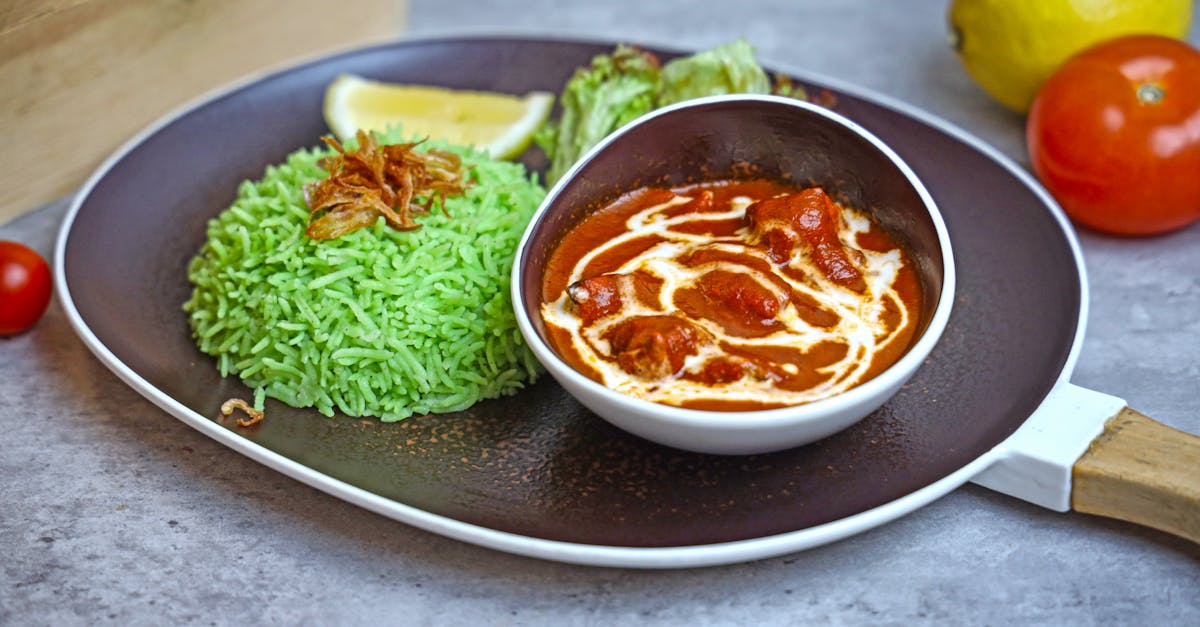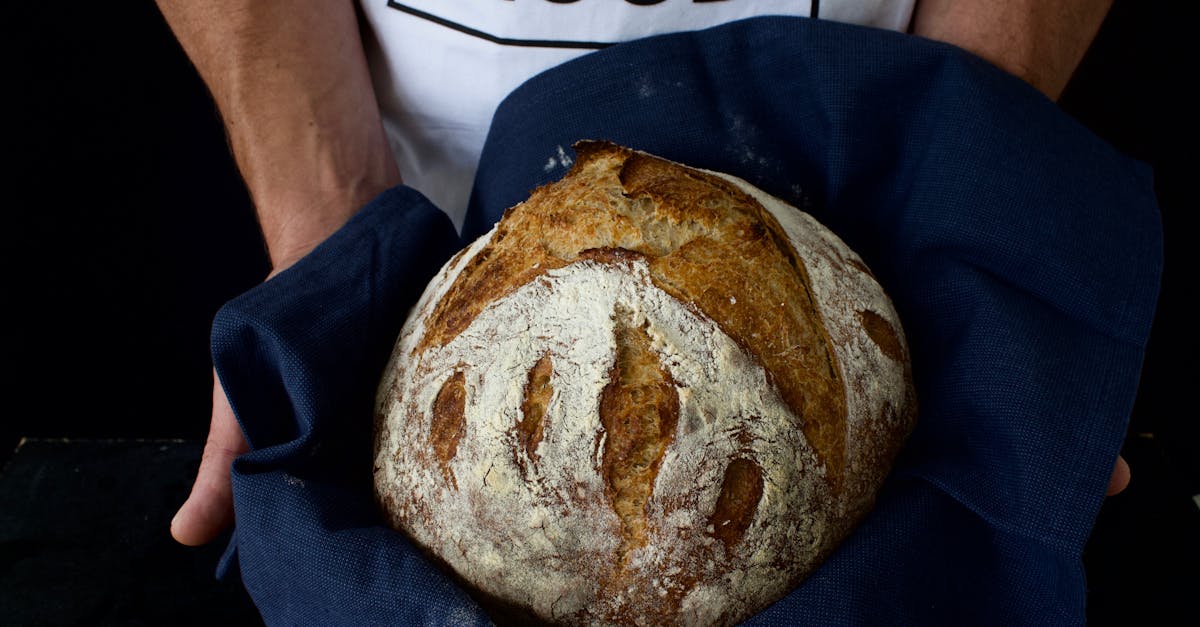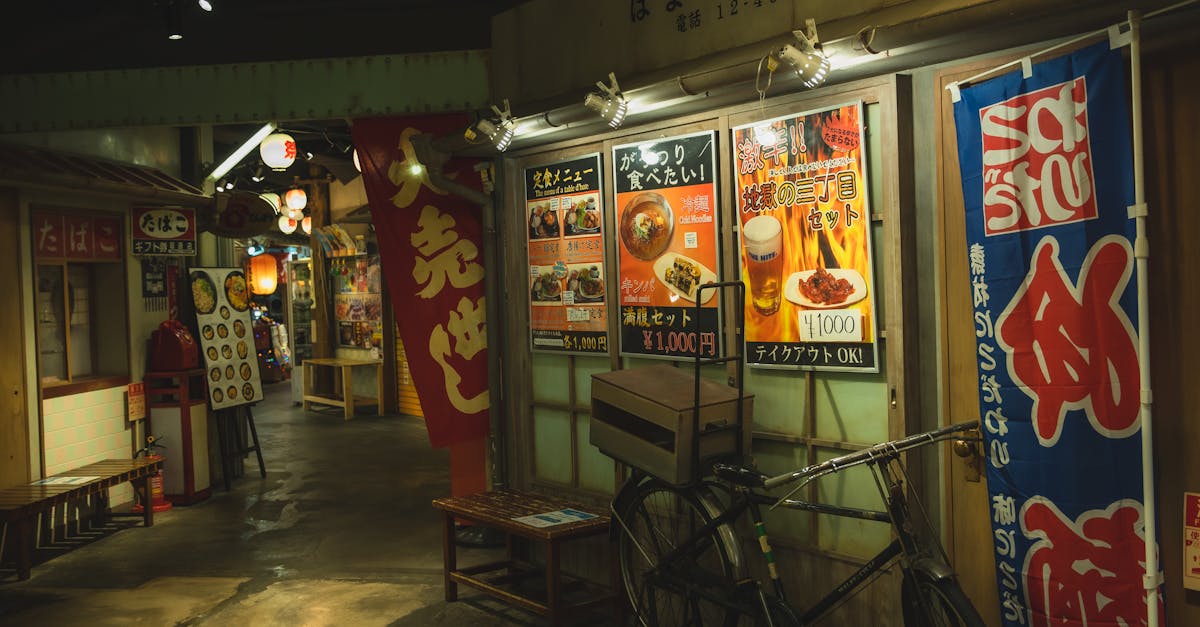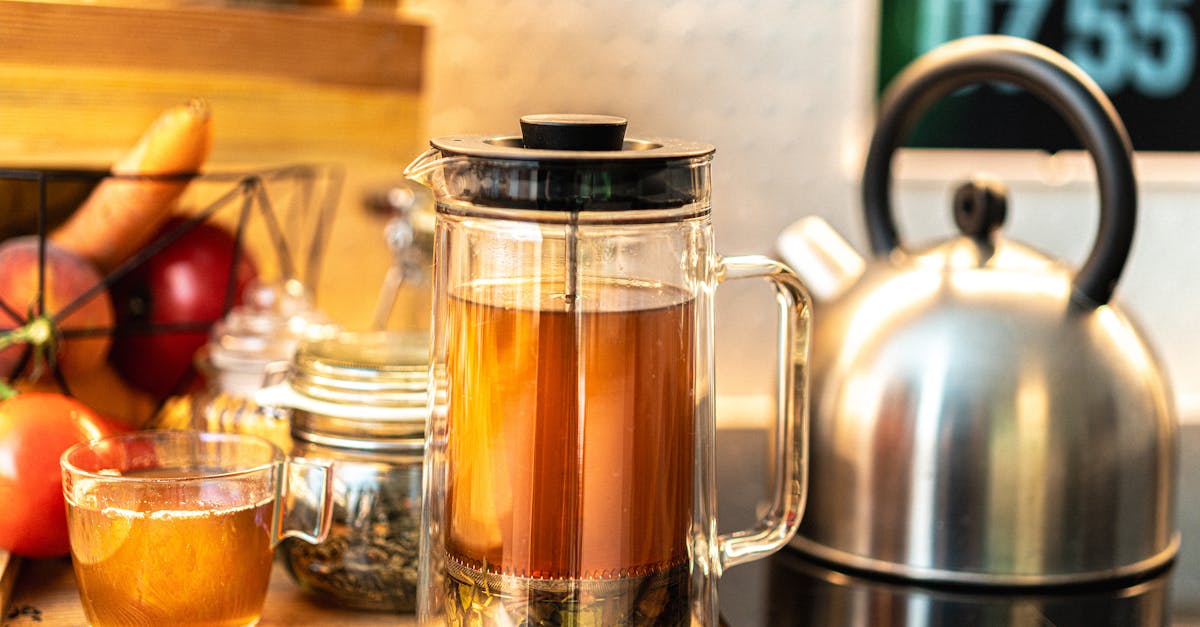Guide To Japanese Home Cooking
Introduction
Japanese home cooking is a delightful culinary adventure that combines simplicity with rich and complex flavors. Whether you're drawn to the subtlety of miso soup or the delicate taste of raw fish, Japanese cuisine offers something for every palate. In this guide, we will explore traditional ingredients, essential techniques, and popular dishes to bring the taste of Japan into your kitchen.
Advertisement
Essential Ingredients
Key ingredients form the backbone of Japanese cuisine. Soy sauce, mirin, sake, and miso paste provide the foundation for countless dishes. Rice is a staple alongside fresh seafood and seasonal vegetables. Understanding these ingredients and how to use them can transform your cooking into an authentic Japanese culinary experience.
Advertisement
The Art of Japanese Rice
Rice is more than a side dish in Japan; it’s a part of the culture itself. Short-grain rice is preferred for its sticky texture, perfect for forming sushi or as the base for donburi bowls. Mastering the art of cooking rice accurately can significantly enhance your Japanese home cooking experience.
Advertisement
Umami Flavor
Central to Japanese cuisine is the concept of umami, the savory "fifth taste". It is often delivered through ingredients like seaweed, soy sauce, and bonito flakes. Harnessing umami is about balancing these ingredients to enhance flavors naturally, creating depth in dishes such as dashi, the traditional Japanese soup stock.
Advertisement
Popular Home Cooked Meals
From tempura to yakitori, Japanese home meals are a diverse array of flavors and textures. Tempura involves deep-frying ingredients in a light batter, while yakitori consists of skewered, grilled chicken served with a rich tare sauce. Ramen, though notorious as street food, is also prepared at home with great enthusiasm.
Advertisement
Healthy Eating Philosophy
Japanese home cooking reflects a balance of nutrition and taste, often focusing on seasonal vegetables and lean protein sources. The practice of eating smaller portions and savoring each bite is central. Meals are seen as a time for mindfulness and appreciation, contributing to the generally healthy diet associated with Japan.
Advertisement
Plating and Presentation
Presentation is an art form in Japanese cooking, with meals prepared to appeal to the eyes and the palate. Emphasis is placed on variety in color, taste, and texture, serving the food in beautiful ceramic dishes. Practicing this art adds elegance and enhances the dining experience at home.
Advertisement
Cooking Techniques
Grilling, Steaming, and Stir-frying are vital in Japanese kitchens. Sukiyaki requires simmering ingredients in a rich sauce, while steaming is used for dishes like chawanmushi, a savory egg custard. Learning these techniques allows for traditional flavors while adapting to modern home cooking.
Advertisement
Modern Influence
Contemporary Japanese cooking is ever-evolving, influenced by global cuisine. Fusion dishes incorporate elements from western cooking, such as the use of cheese in sushi rolls or adding curry to ramen. Embracing these innovations allows exploration beyond traditional boundaries.
Advertisement
Conclusion
Japanese home cooking offers a harmonious blend of flavors and techniques rooted in history yet open to innovation. By understanding key ingredients and techniques, the journey in recreating these dishes at home becomes an enriching culinary exploration. Whether you seek simplicity or complexity, Japanese cuisine invites you to savor each delightful bite.
Advertisement
